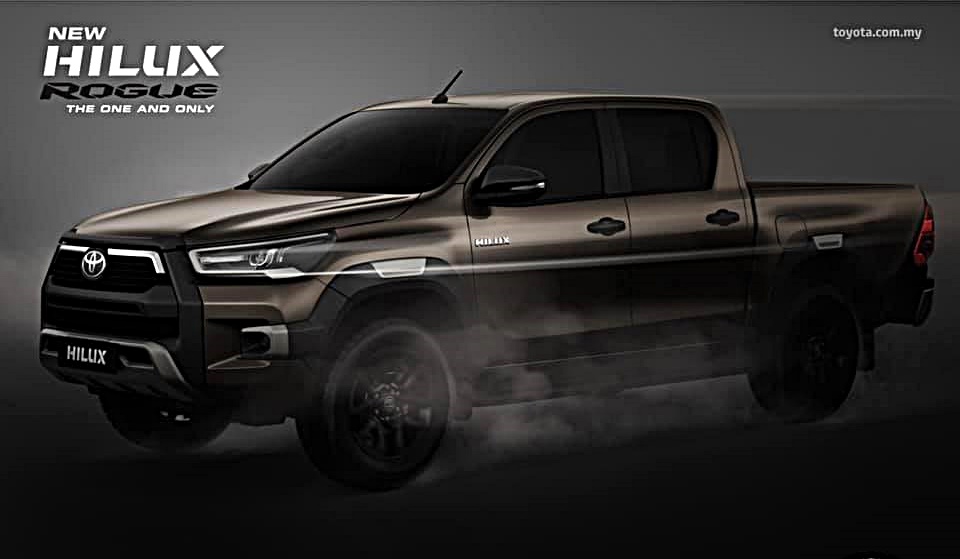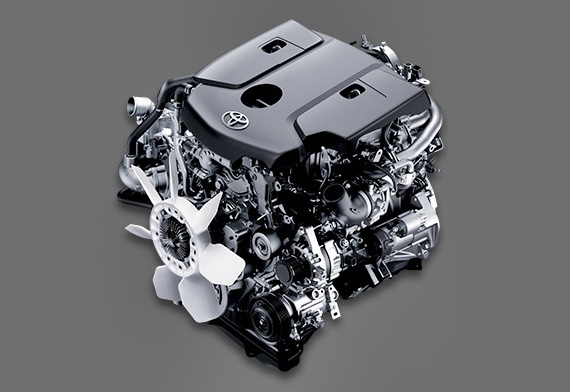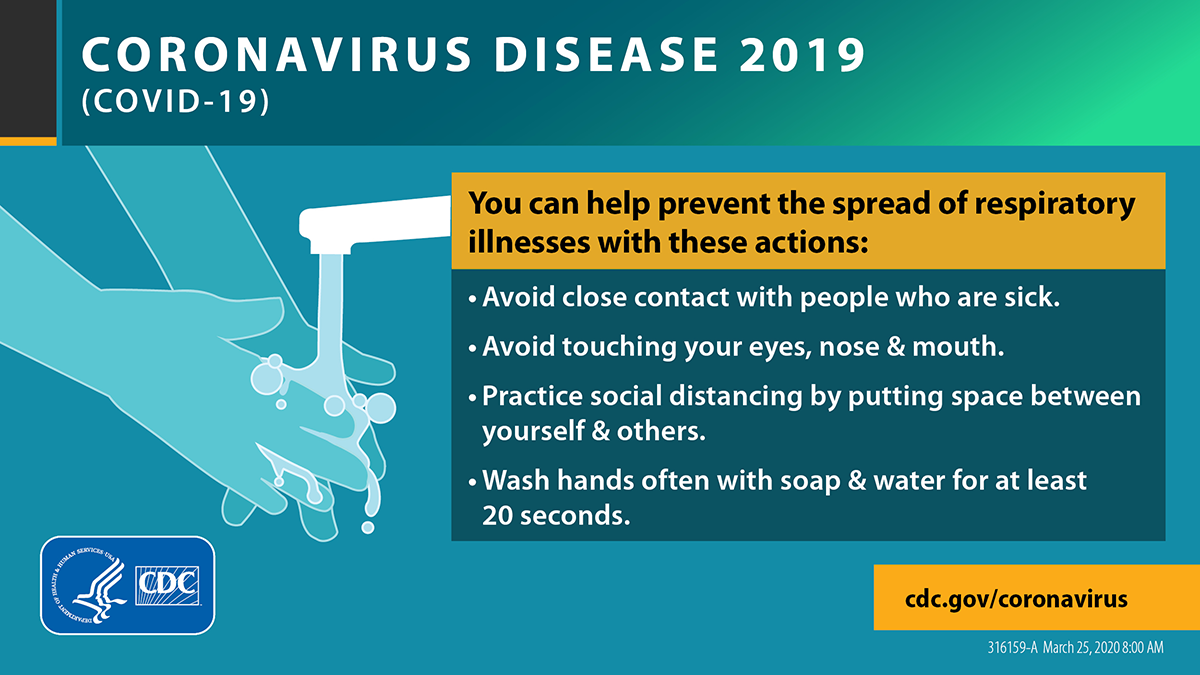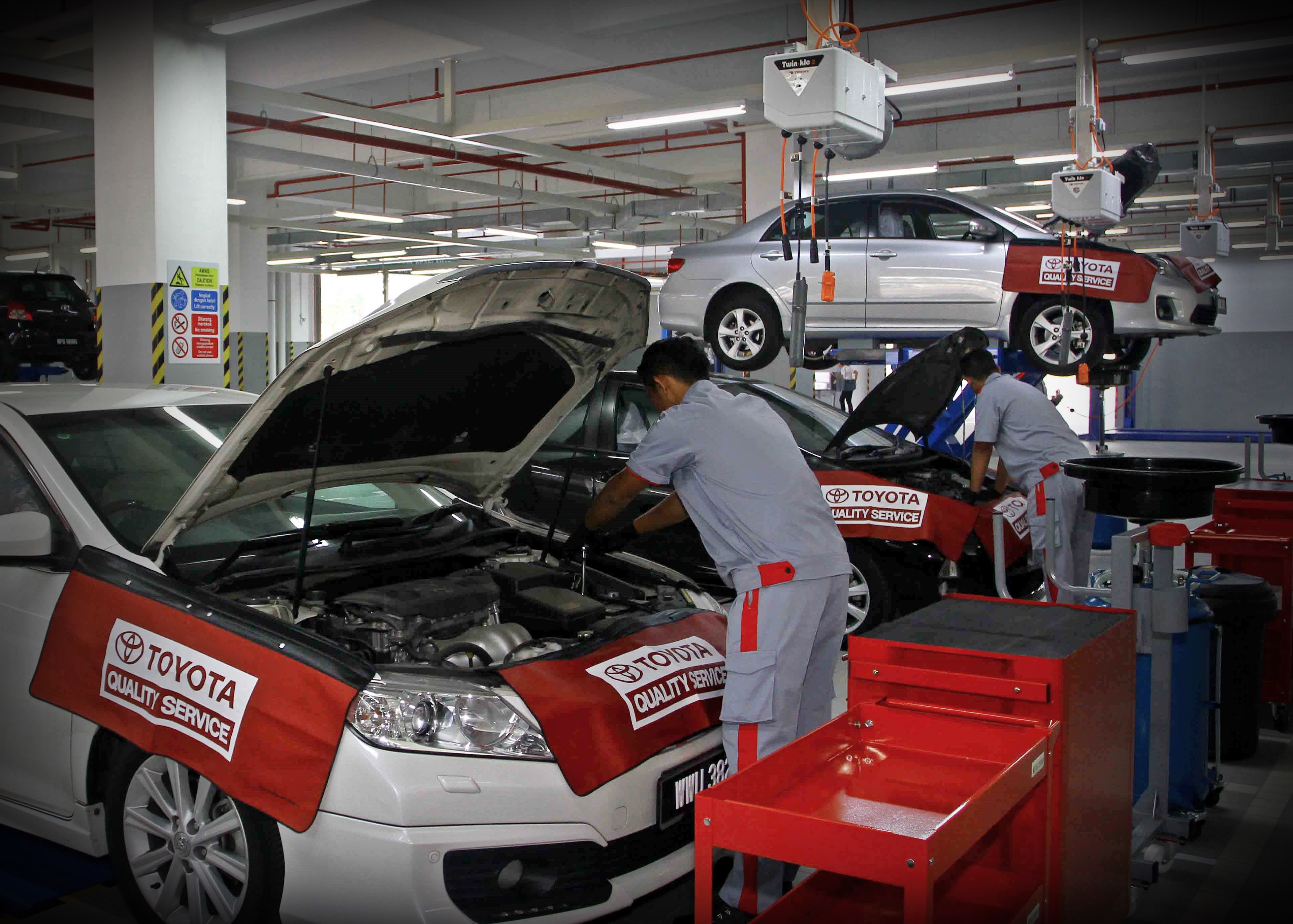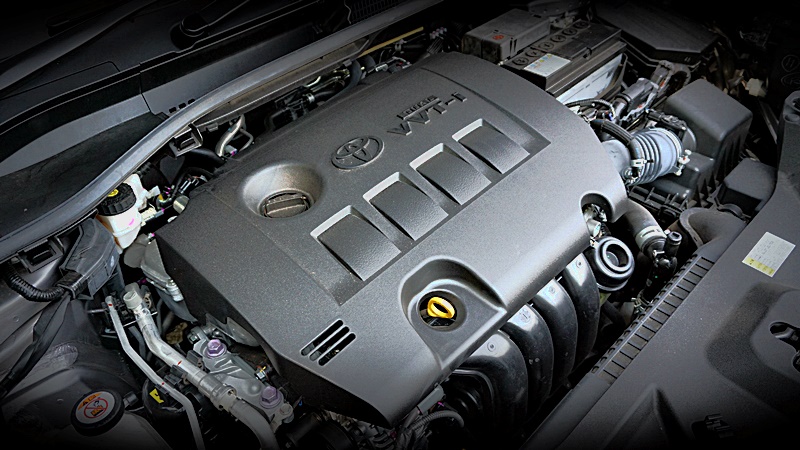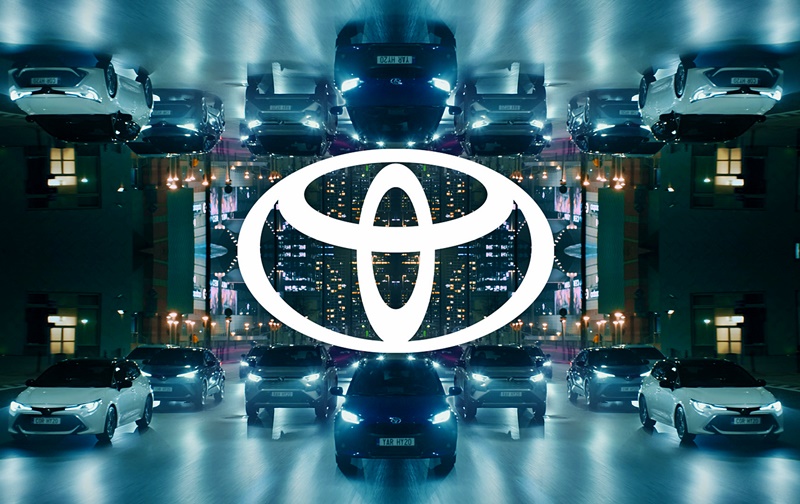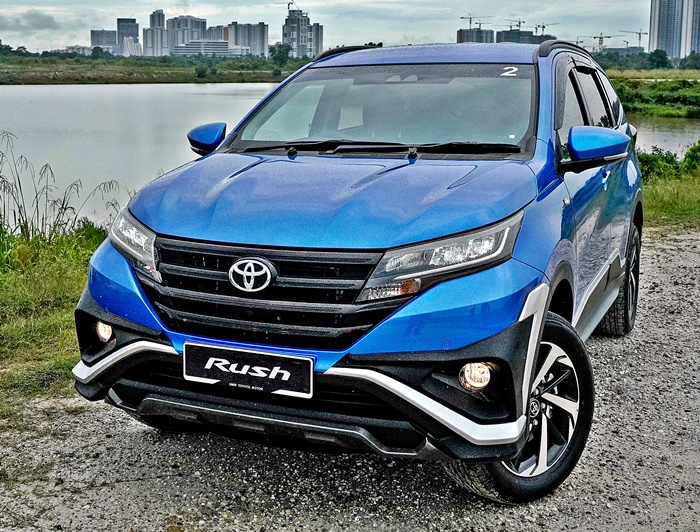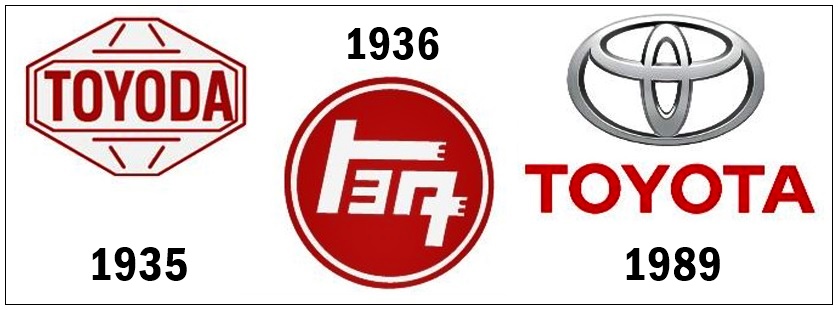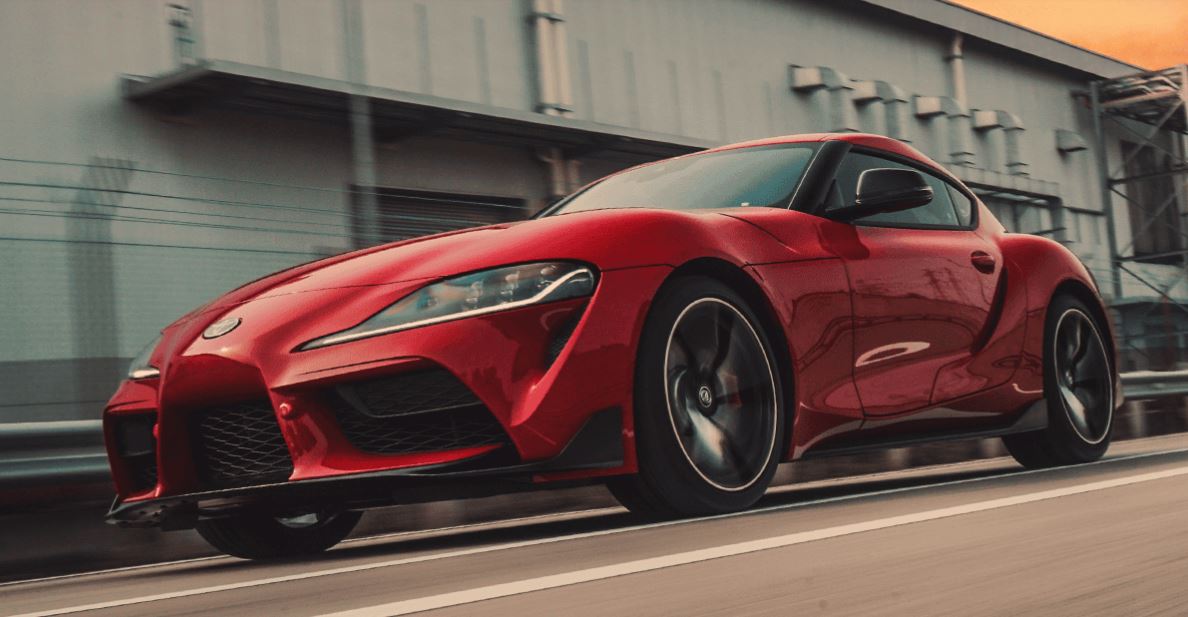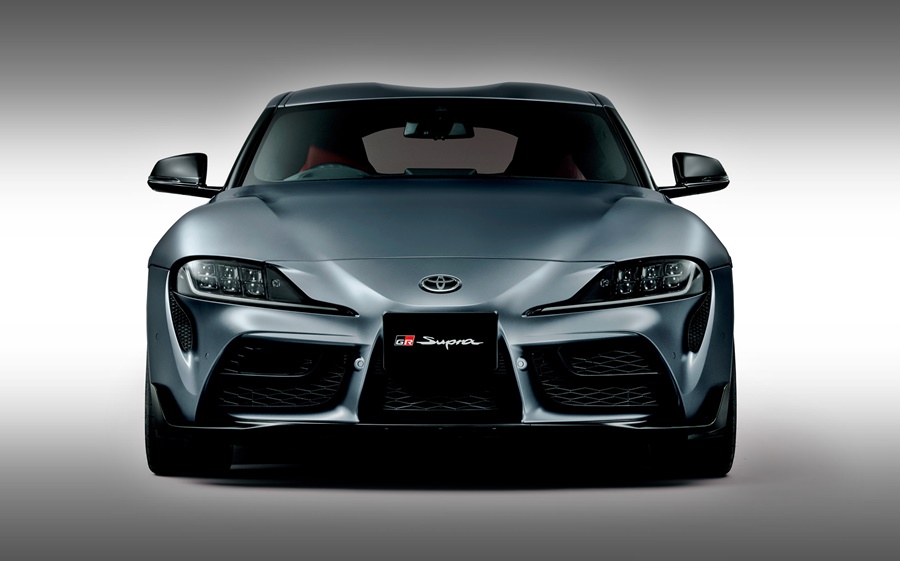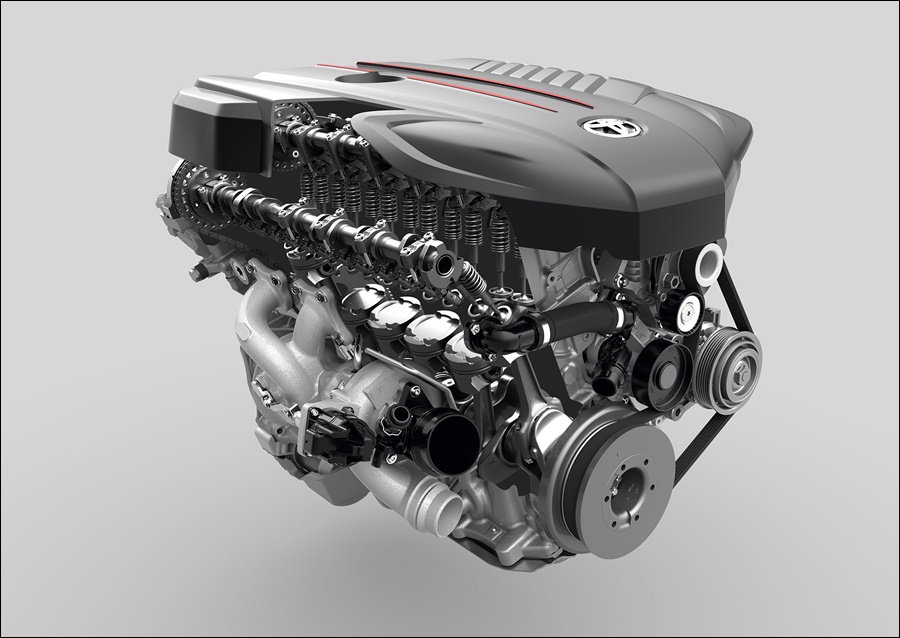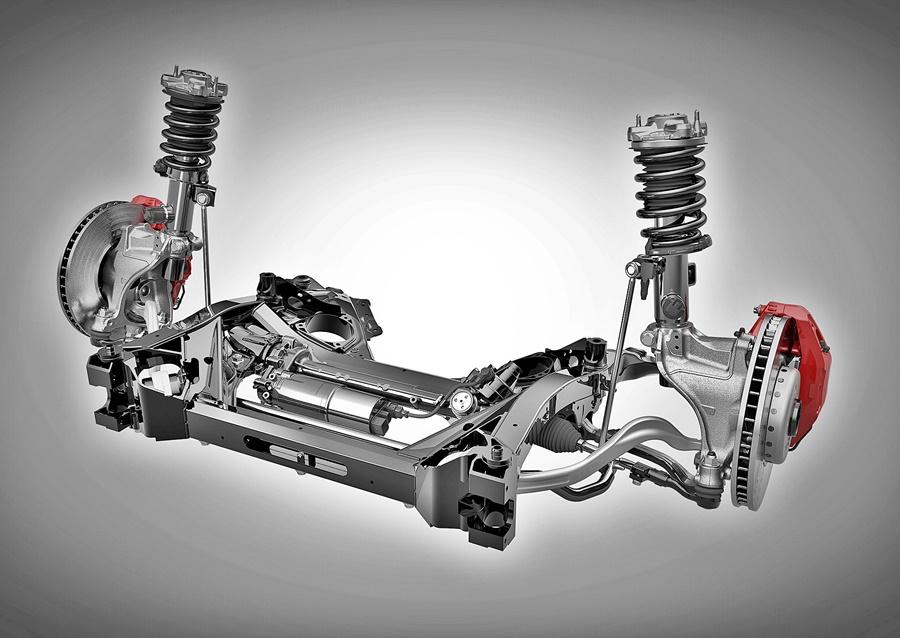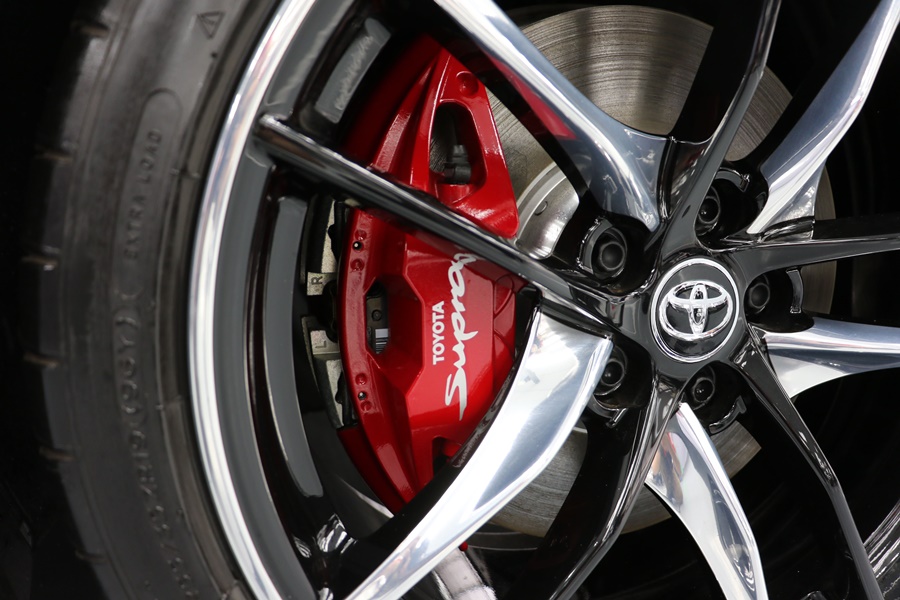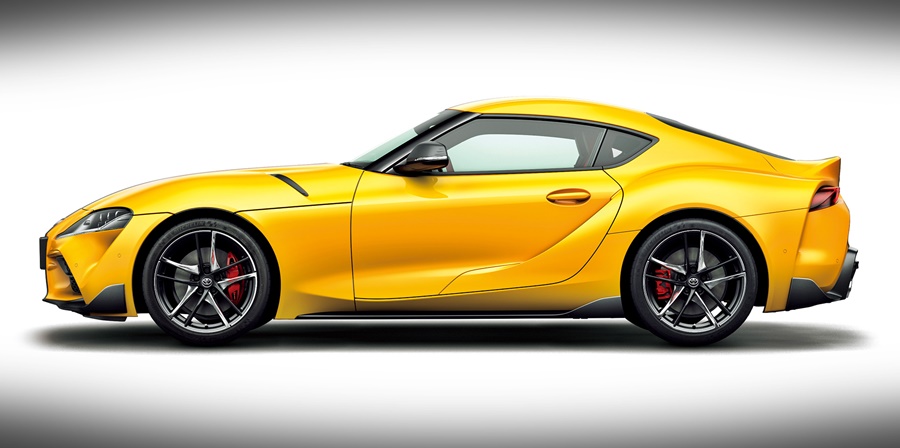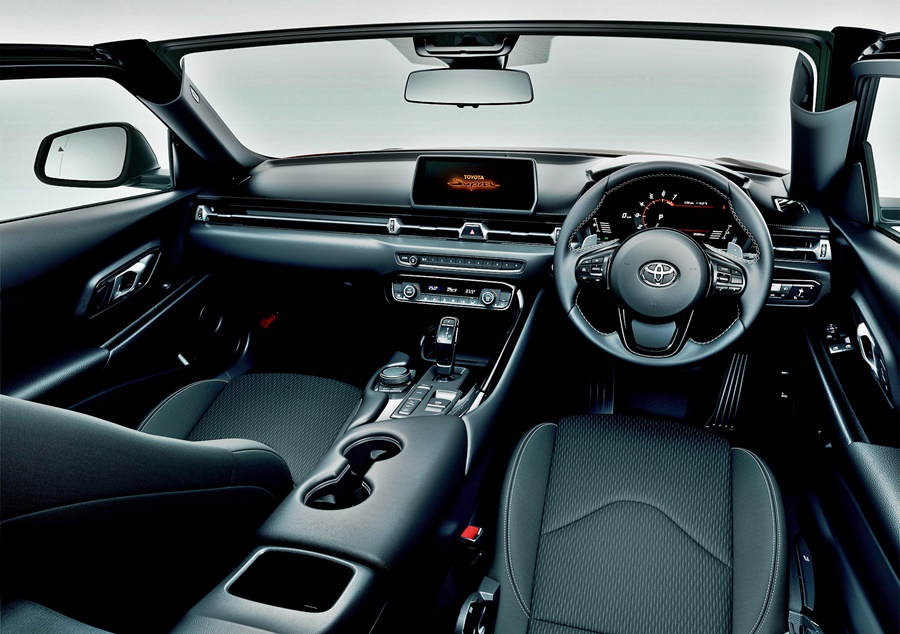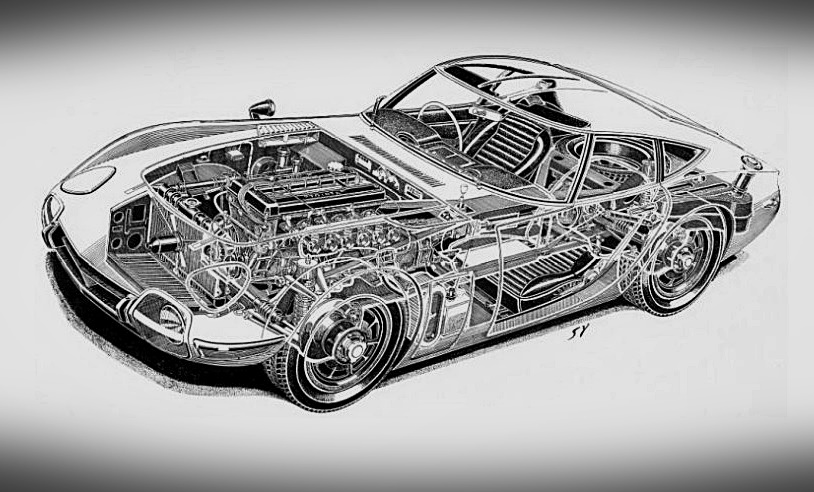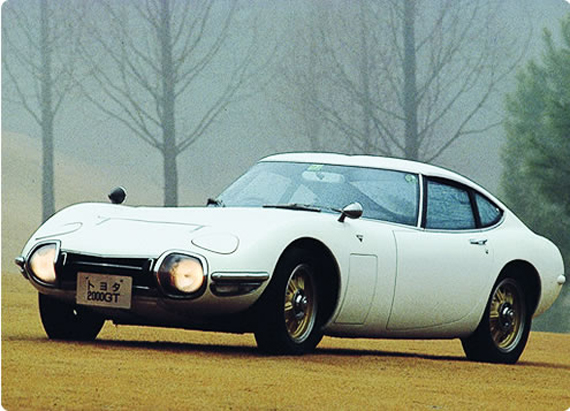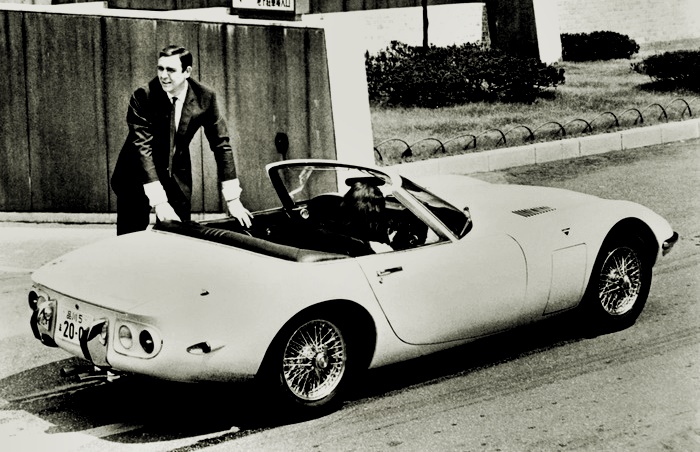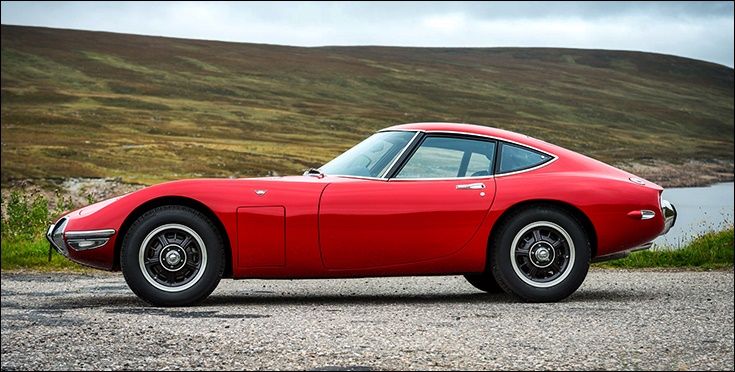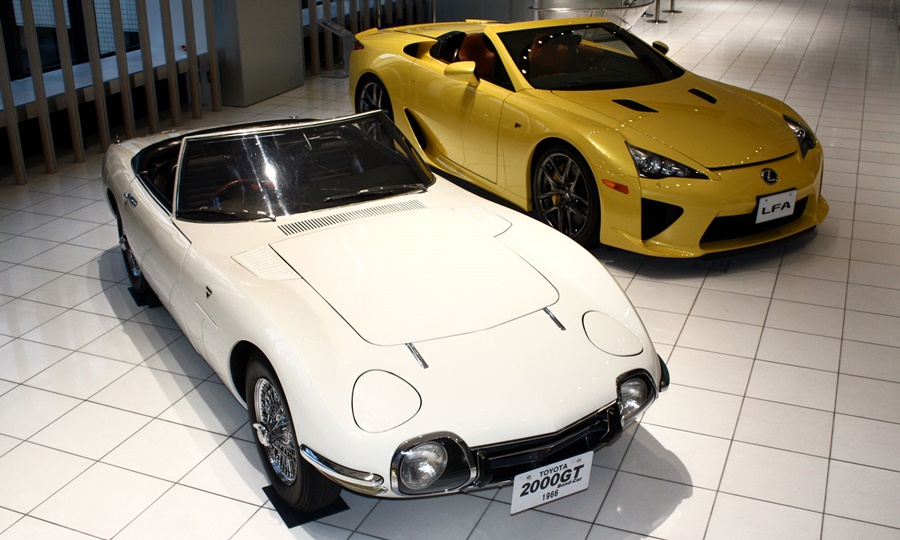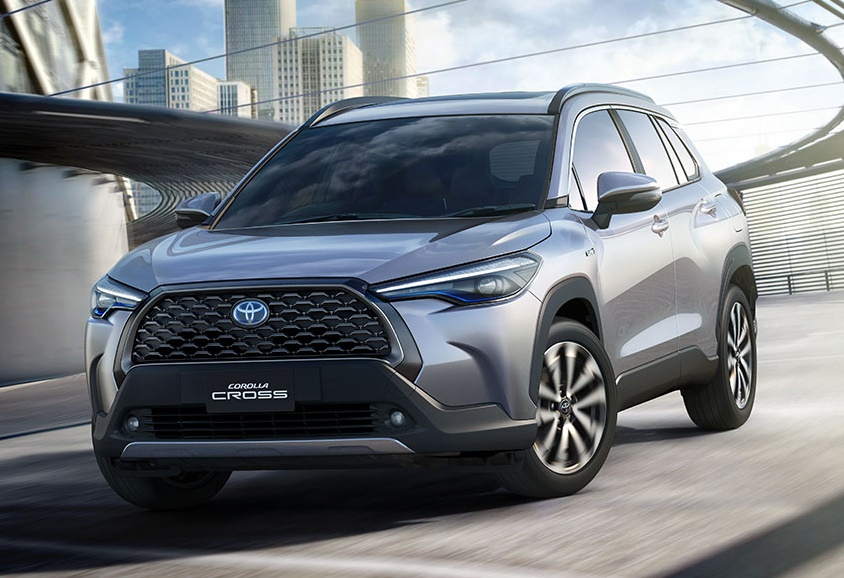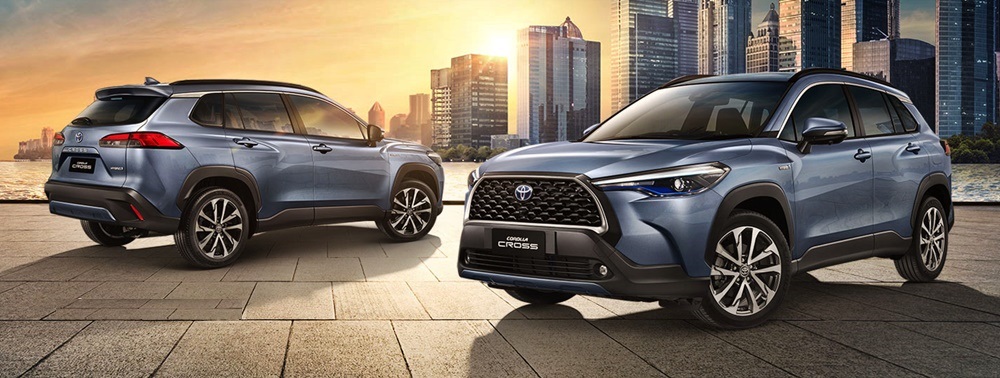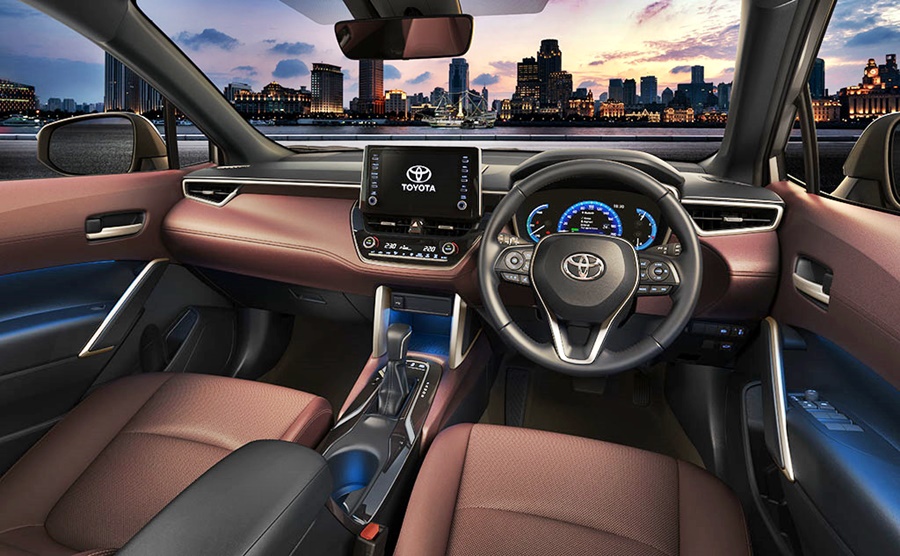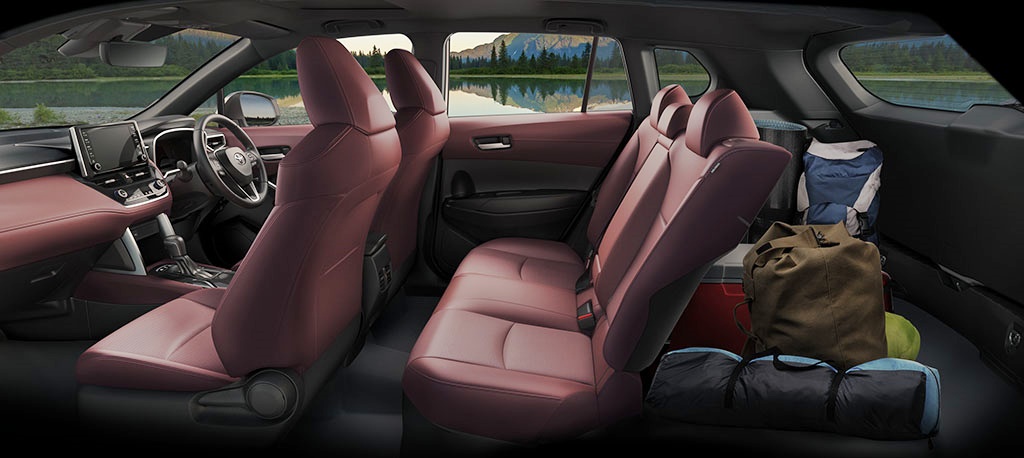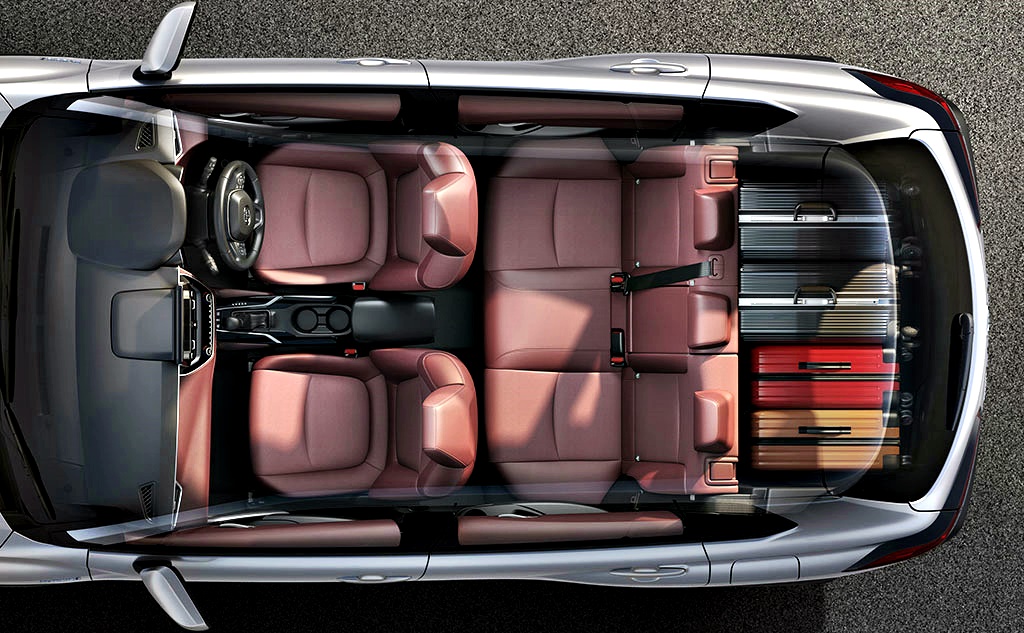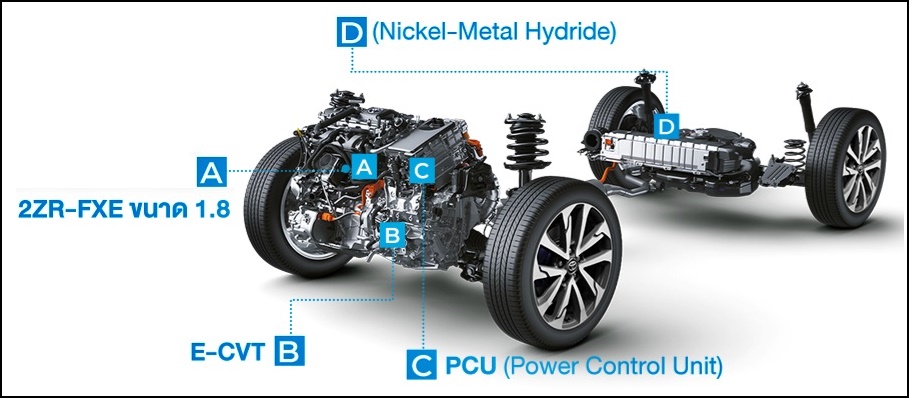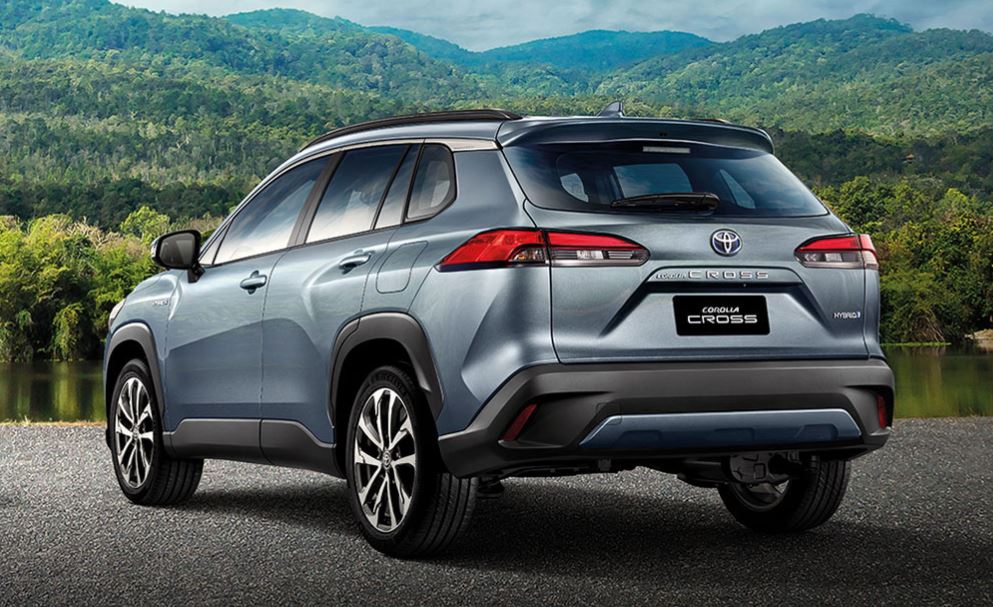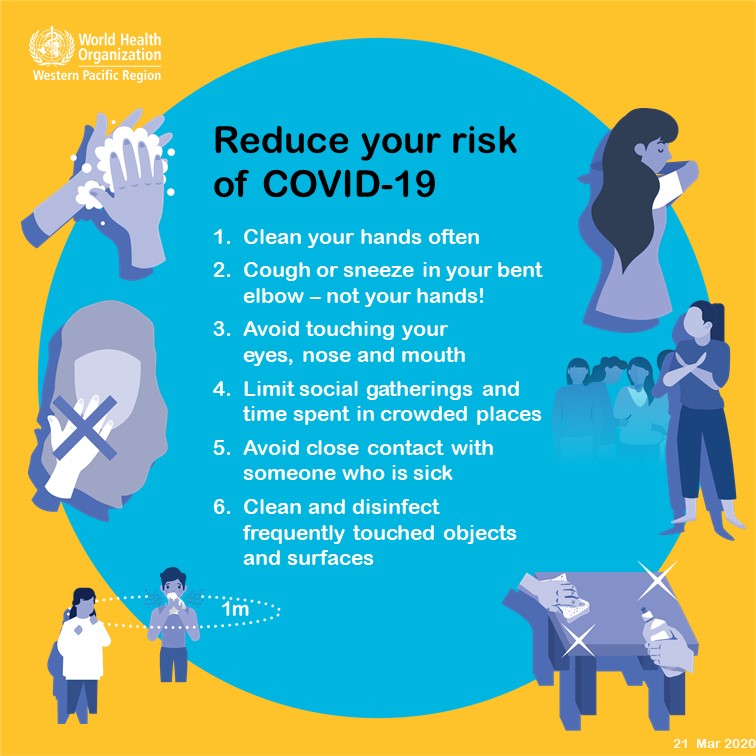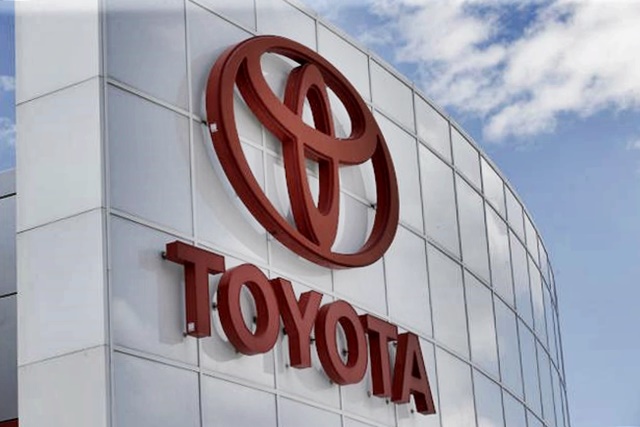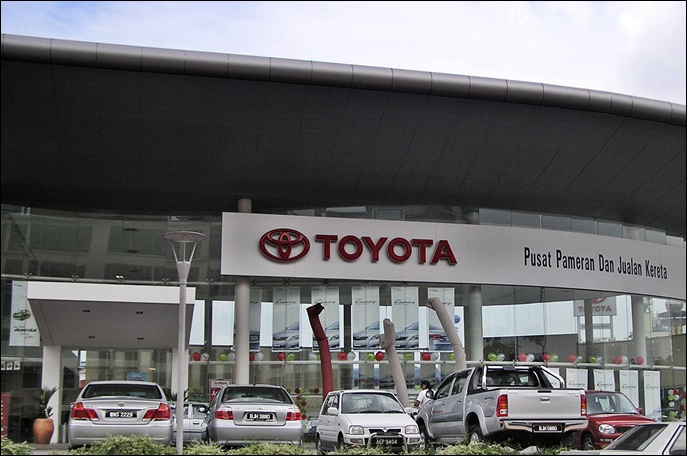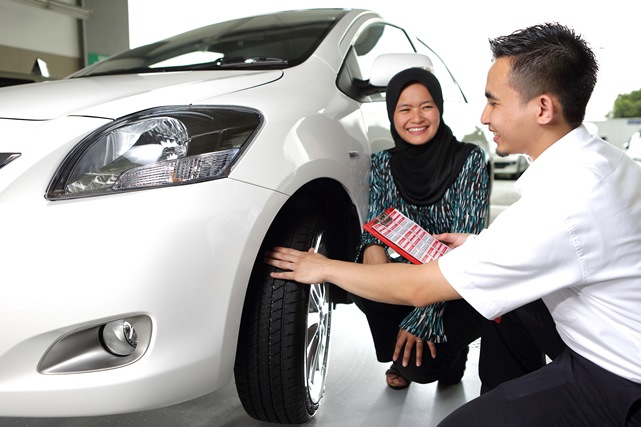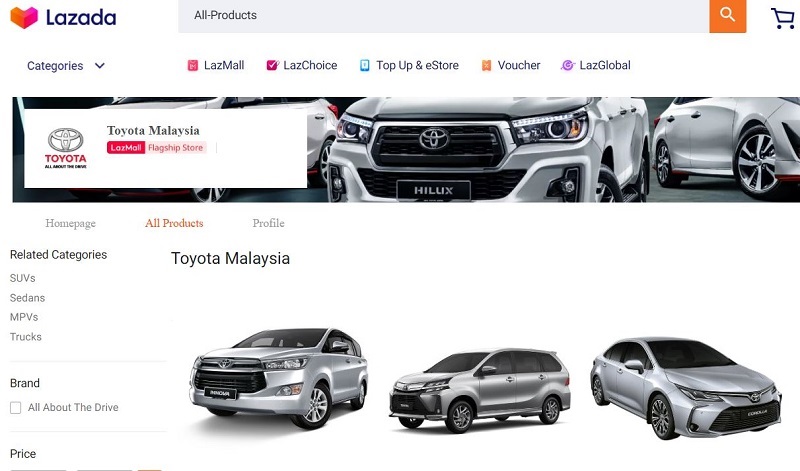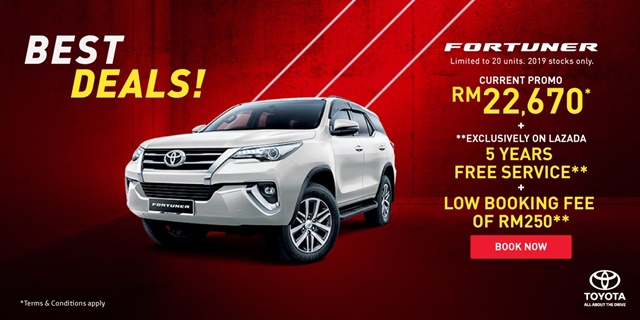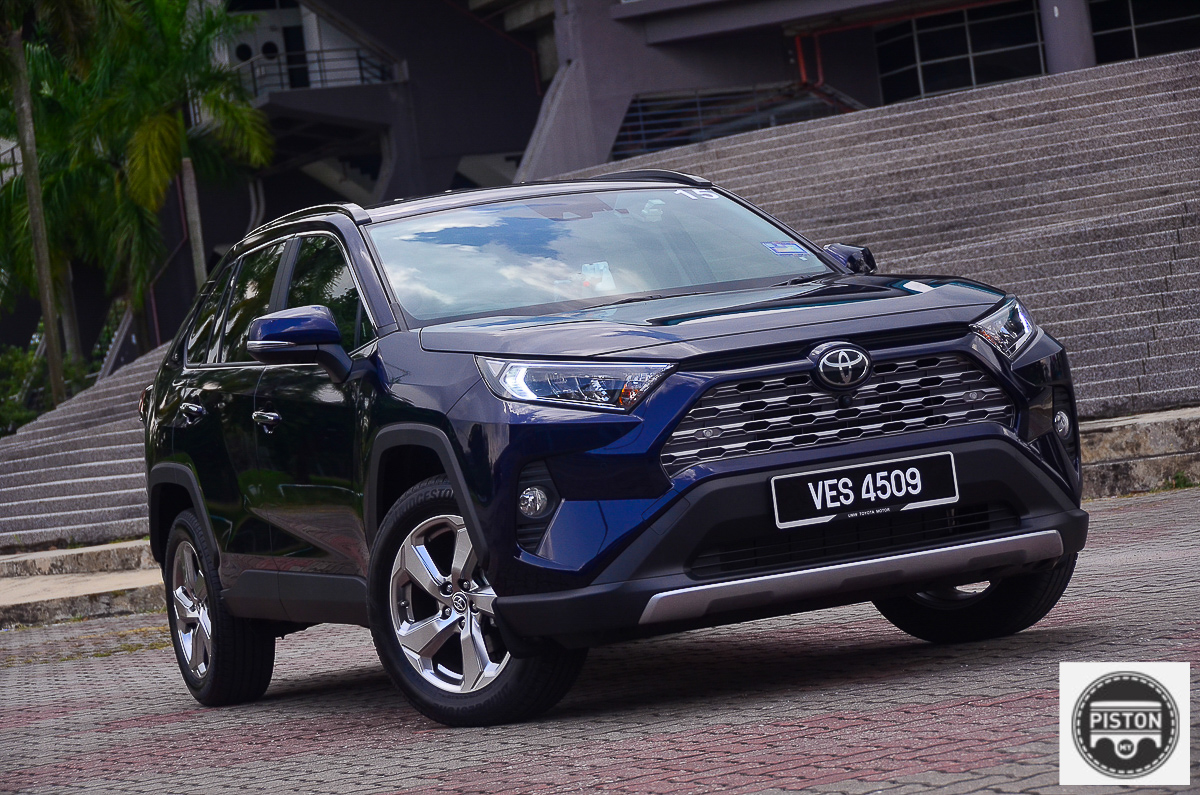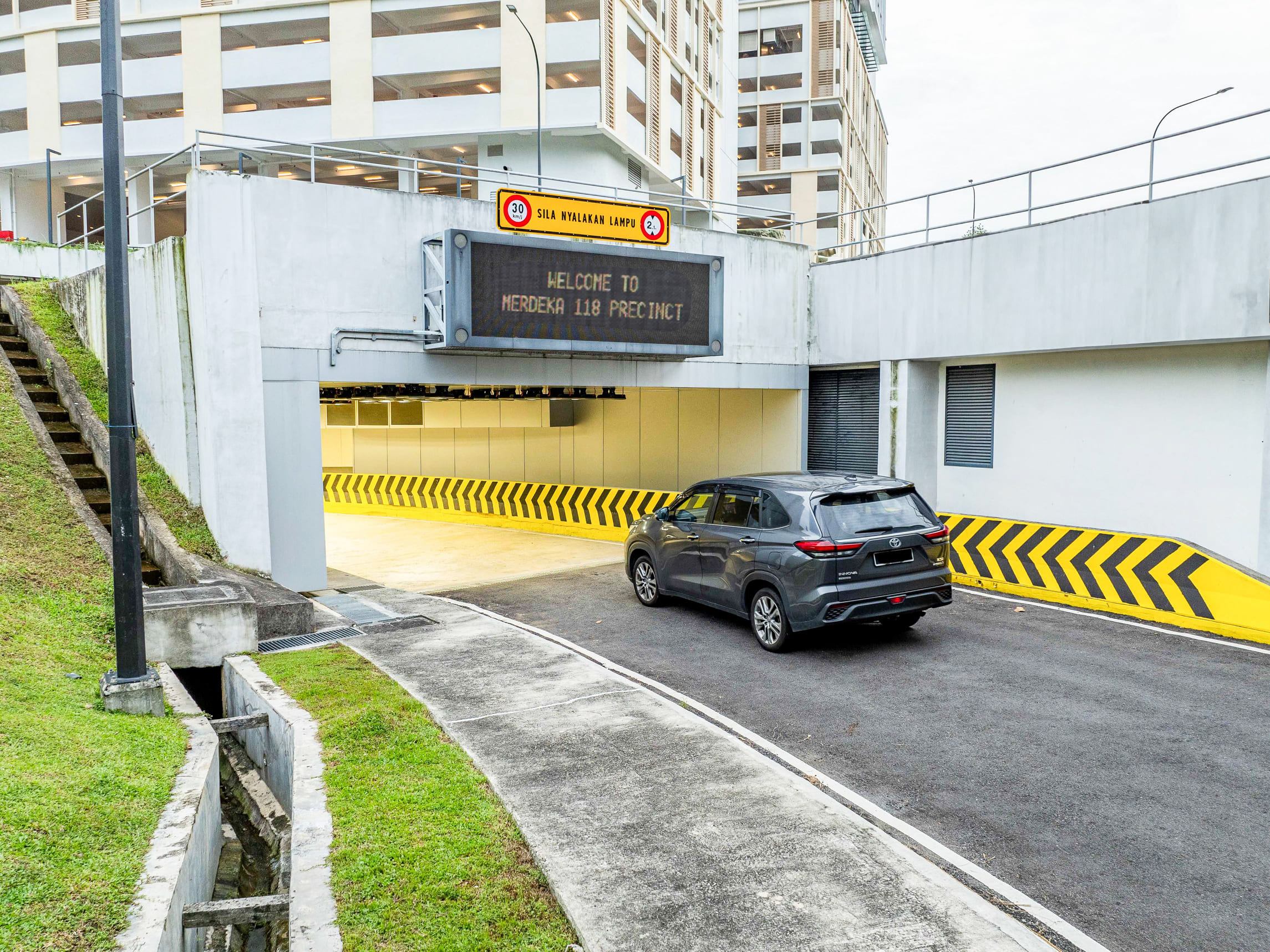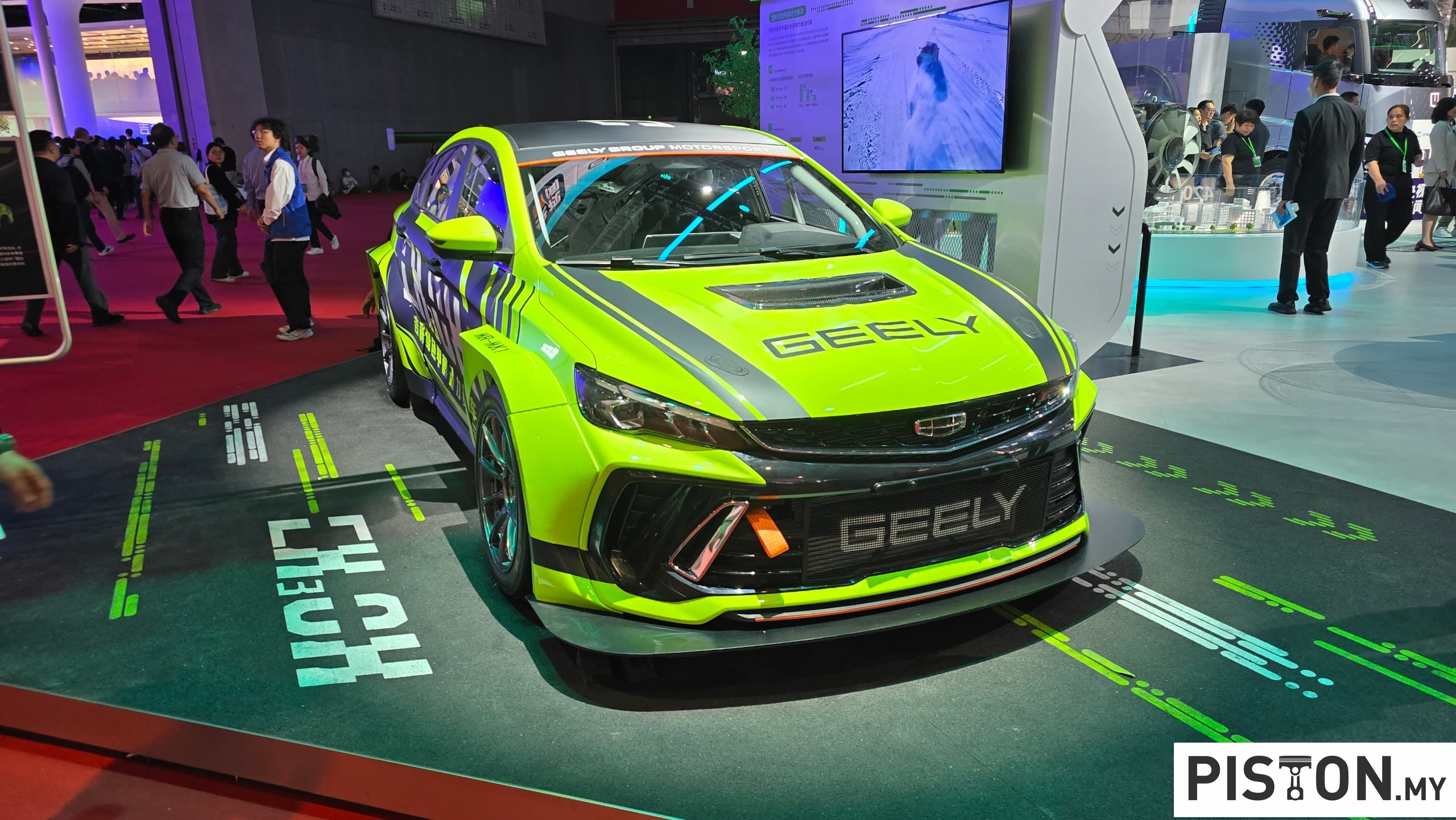It’s a good time to buying a new car in Malaysia this year as sales tax is being exempted. The exemption is being given as part of a huge initiative to help many sectors recover after the impact of the COVID-19 pandemic.
For those who are considering Toyota or Lexus models, UMW Toyota Motor Sdn Bhd (UMWT) is collaborating offering attractive financing packages of up to 100% financing for all Malaysian citizens aged between 18 to 65 years old.
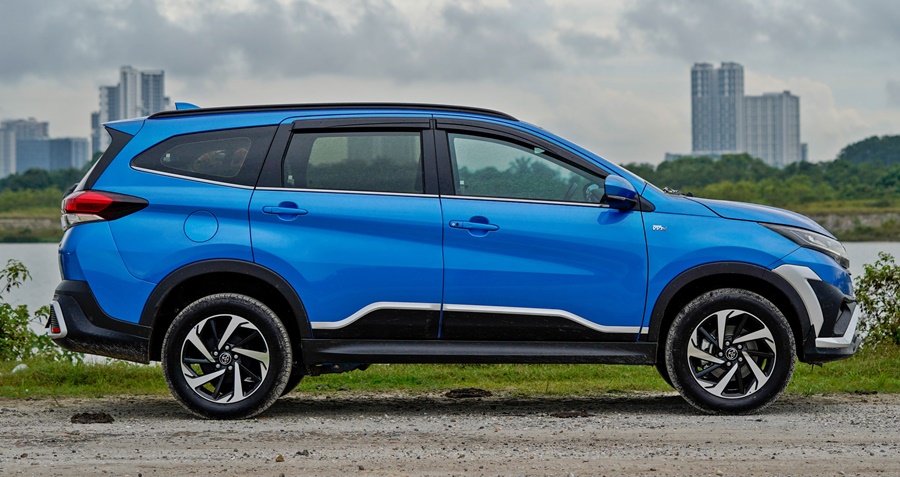
Two financing options, no downpayment
The packages, offered in collaboration with Bank Rakyat, follow Islamic financing principles and consist of two types of financing options. They are An-Naqlu 1, which offers 90% financing follows the Shariah concept of Al Ijarah Thumma Al-Bai’ (AITAB) and An-Naqlu 2, which offers 100% financing follows the Shariah concept of Tawarruq. Customer can repay over a period of between 4 to 9 years under these schemes.
Customers aged between 18 to 60 years old do not have to make any downpayment (subject to terms and conditions) under AN NAQLU 2. There is also a special Graduate Scheme available with zero down payment to graduates aged 20 – 30 years old with a diploma and have been currently employed for at least 3 months. For those with less than 3 months of employment, a guarantor is required.
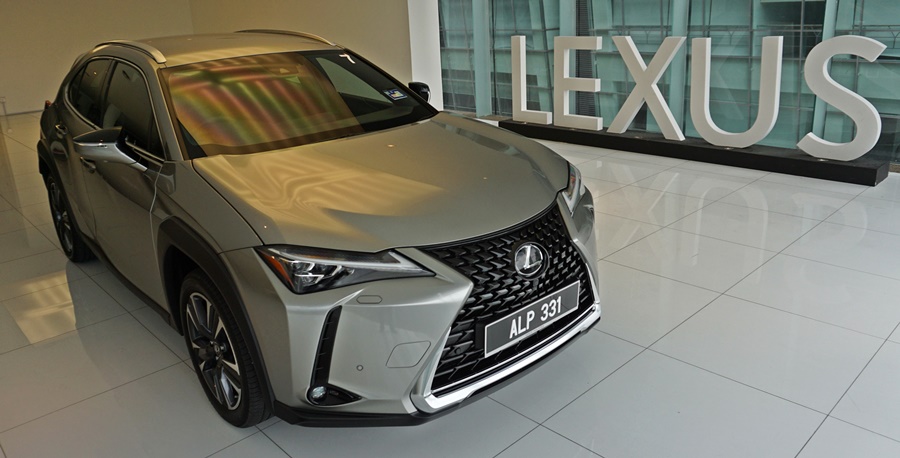
“We are always working with our business partners to provide affordable ownership solutions to our customers. Bank Rakyat offers this special scheme to help different customer groups to own brand-new Toyota and Lexus vehicle,” said Ravindran K., President of UMW Toyota Motor.
For senior citizens
There is another financing scheme under AN NAQLU 1 (AITAB) exclusively for senior citizens. They should be below 65 years old at the end of the financing period and will need to transfer their pension to a Bank Rakyat savings account.
‘BR Malaysia 2.0’ has a special promotional rate for these financing schemes and is valid until September 30, 2020.
For more information, customers can visit any authorised Toyota or Lexus dealer or any Bank Rakyat Auto Financing Centre or branches. To locate an authorised Toyota showroom, visit the Toyota Malaysia website at www.toyota.com.my ; for authorised Lexus showrooms, visit www.lexus.com.my.











